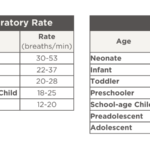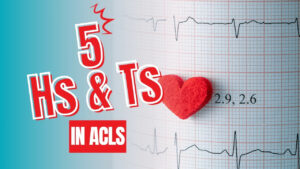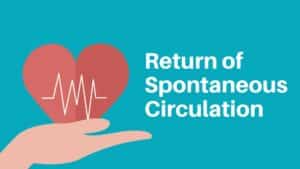The term “chain of survival” describes a procession of actions that can improve the chances of survival from cardiac arrest or a life-threatening emergency. There are four “links” in this chain, each providing critical help. And should one link fail, the entire chain falls apart.
The first link is called “early access,” in which the patient is quickly diagnosed and, when possible, stabilized by a bystander or medical professional. The second link is “early CPR,” in which the responder essentially buys time for more advanced personnel by applying chest compressions to the victim.
The third link is “early defibrillation,” which naturally assumes the arrival of trained emergency personnel equipped with automated external defibrillators (AEDs.) This link used to be considered the weakest part of the chain, since AEDs were not readily accessible. Fortunately, AEDs now have become more widely available.
The final and most vital link in the chain is advanced cardiac life support, which involves a set of critical interventions to treat cardiac arrest as well as stroke. For individuals looking to graduate from “bystander” to “professional” status, look no further than SureFire CPR’s advanced cardiac life support training classes.










